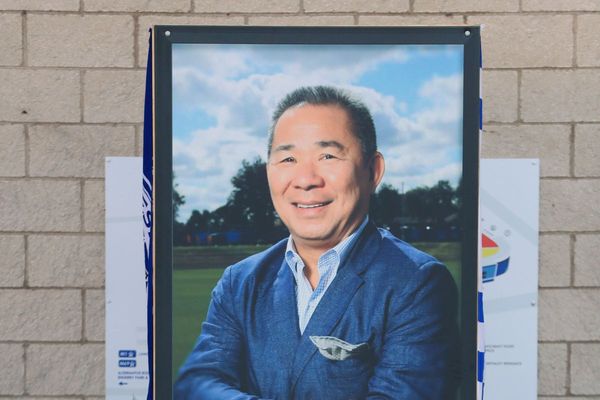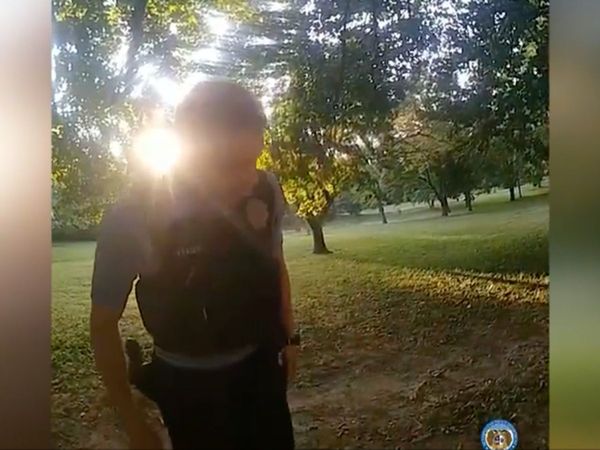
Warning: This article contains spoilers for Toy Story 4, but you should still read it.
Toys play an important role in everyone's childhood, but the children grow up, they would inevitably bid farewell to their most beloved toys. Once the toys are abandoned from their home, though, are they headed towards an end… or the beginning of another journey?
Most people would choose to throw away their toys if they cannot gift them to another household. Recycling toys is difficult because they are often assembled with different materials. A toy car, for example, would have a plastic shell, rubber tires, and metal gears – these parts require manual disassembling and sorting before it can be recycled. Without going through a specific process, most toys would go straight to waste incineration.
Many Taiwanese choose to donate their unwanted toys to a Toy Bank in order to avoid polluting the environment or creating waste.

Donated toys would be roughly categorized into “in good condition,” “damaged,” or “missing parts.”
A professional “toy doctor” is then responsible for examining and repairing damaged toys. If a toy is beyond repair, the doctor would disassemble the parts for other repairs and functions; the parts that cannot be used again would be recycled or discarded.
For the toys that are in good condition or repaired, they will be cleaned and further categorized before they are given a new mission.
Toys are not only to accompany children as they grow up, they also help the children develop necessary skills for adapting to the society. Children of different ages need corresponding types of toys to develop their senses, physical coordination, and cognition. For examples, gross-motor activities like riding a tricycle would help develop a child’s large muscles; and toys like building blocks would train a child’s fine-motor skills and hand-eye coordination.

Due to the need to sort recycled toys based on skill sets, the Toy Bank would provide training for preschool teachers and caregivers to better distinguish the different utilities in toys.
Some toys are simply good for display, such as the mini machine-dispensed capsule toys, and yet these toys are currently the most recycled items; they are usually redesigned for board games.
Despite a clear guideline for toy categories, the New Taipei City Toy Bank’s 2016-2018 report revealed that 40 to 50 percent of the donations were either unrelated or unusable household items. Many residents brought in clothing, shoes, handbags, and stationery for recycling, thus increasing the cost of recycling work.

Besides designing courses for child development with recycled toys, the Toy Bank also accepts toy requests from different societal organizations to maximize its impact on a wider population.
According to the 2016-2018 statistics on the output of recycled toys, requests can be roughly categorized into five groups: education units, elderly care organizations, disability organizations, family and children, as well as community groups. In the past, toys donated to families and education units were over 70 percent, but that ratio has decreased to 47 percent in 2018. Meanwhile, donations to community groups have increased from 5 percent to 46 percent, perhaps due to the charity bazaars hosted in various neighborhoods that year.

Requests for recycled toys were not only diverse in their users but also in usages. Some donated toys were used for window displays or event souvenirs, others were sent to underprivileged families, special education classrooms, or elderly centers as teaching materials. All these uses have given recycled toys a refreshed value.

Depicted in Toy Story 4 is a journey of how the "lost toys" manage to find a new identity after leaving home. In the film, Woody thought accompanying his kid Bonnie was his utmost responsibility. But as he fell out of favor, he started to question his life purpose until he found Bo Peep, who has been on a nomadic adventure for years. Woody eventually realized that a toy’s value can go beyond being a child's company, and he chose to leave and start afresh.
The Toy Bank director Chang Wei-ting (張維庭) shared a story about a little girl and her family who came to the donation center with a box of toys that looked barely used. Unlike other donators who usually just drop off their toys and leave, this family lingered for a while. It turned out the toys belonged to their other daughter who had passed away, and the family wanted to donate her toys so her loving spirit can live on for others.
The lessons from Toy Story happen in real life every day – toys and their owners are both are learning to let go and let live.
If you enjoyed this article and want to receive more like it in your news feed, please be sure to like our Facebook page below.
TNL Editor: Daphne K. Lee (@thenewslensintl)







